Beihai Park – Tickets, Opening times, Highlights, and Tips
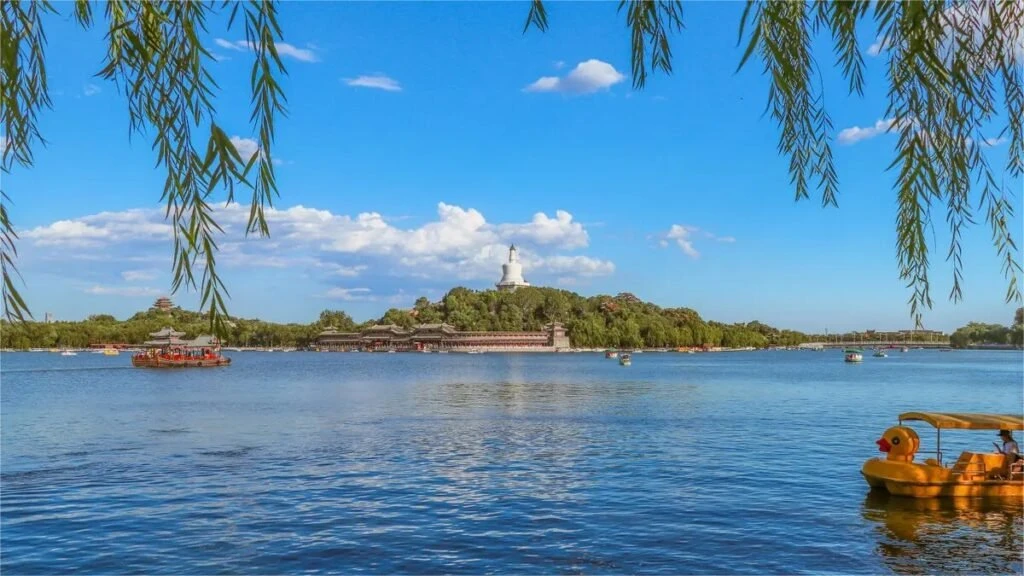

The history of Beihai Park (北海公园) is even longer than the Forbidden City. Over 1000 years ago, Chinese emperors started building palaces around a natural lake north of the capital. Their successors devoted numerous efforts and resources to its renovation and expansion. It was exclusively enjoyed by the royal family until 1911, when the Qing government was overturned. In 1925, it was officially open to the public and has remained a public place ever since.
The park now occupies a huge area, 682,000 sq. meters, and about 60% is water. In fact, the name “Beihai” means the sea to the north. It is the earliest and best-preserved royal garden in China. You can stroll or row a boat to enjoy the wonderful views.
Table of Contents
- Basic information
- Location and Transportation
- Highlights of Beihai Park
- Recommended Routes
- Vlog about Beihai Park
- Useful Tips Summarized from Reviews
- Facts about Beihai Park
- Attractions near Beihai park
- Other Imperial Places in Beijing
Basic information
| Website | www.beihaipark.com.cn |
| Estimated length of tour | 1-3 hours |
| Ticket Price | Admission Adult: 10 RMB (from April 1st to October 31st) 5 RMB (from November 1st to March 31st) Children under 1.2 meters: free of charge Tourist spots Jade Island: 10 RMB Round City: 1RMB Combined Ticket (including the entry to the palace and all the attractions) Adult: 20 RMB (from April 1st to October 31st) 15 RMB (approx. 7 dollars from November 1st to March 31st) Children under 1.2 meters: free of charge |
| Opening hours | The park 06.00 – 21.00 (April 1st – October 31st); Last entry: 20.30 06.30 – 20.00 (November 1st – March 31st); Last entry: 19.30 Tourist spots 08.00 – 18.00 (April 1st – October 31st); Last entry: 17.30 08.30 – 17.00 (November 1st – March 31st); Last entry: 16.30 Closed on Monday |
Location and Transportation
Beihai Park is right next to the Forbidden City, to its northwest corner. If you leave the city from the north gate and turn west, you will reach the park’s south gate within 10-minute walk.
To the north gate:
- Bus: take No. 13, 42, 107, 111, 118, 612, or 701 and get off at the North Gate of Beihai Park Stop (Beihai Gongyuan Beimen).
- Subway: take subway line 6 and get off at the North Gate of Beihai Station (Beihai Bei)
To the east gate:
- Bus: take No. 5 and get off at West Banqiao Stop (Xibanqiao)
To the south gate:
- Bus: take No. 5, 101, 103, 109, 124, or 128 and get off at Beihai Stop.
Highlights of Beihai Park
White Dagoba (Baita)
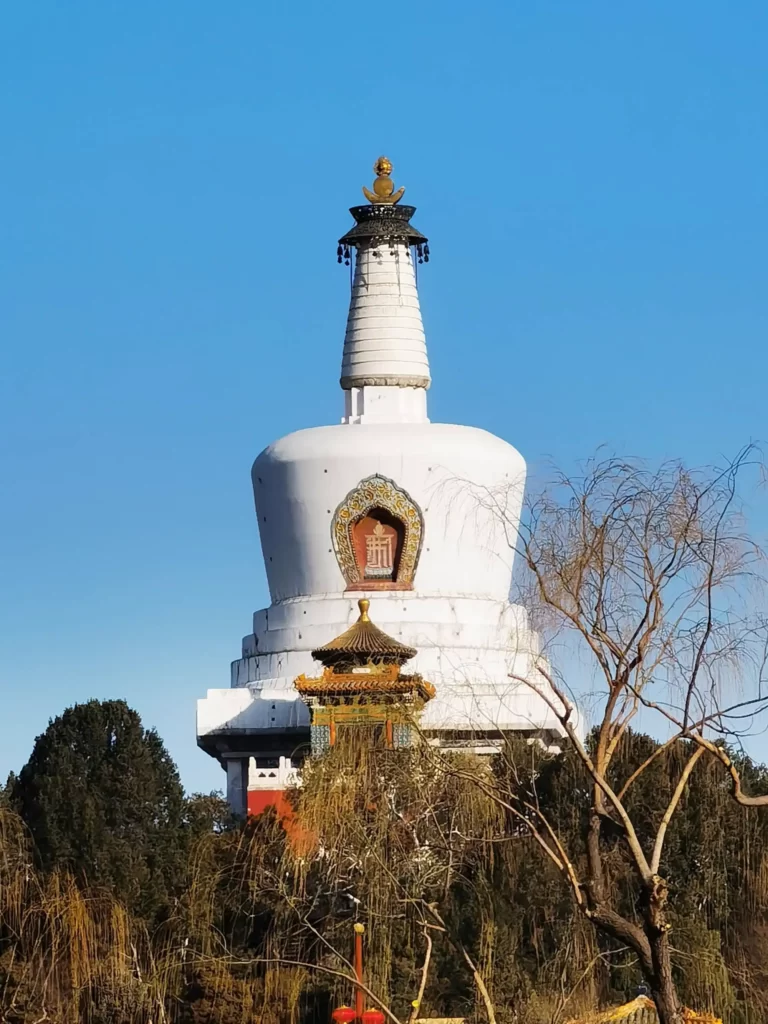
In 1651, during the early period of the Qing dynasty, the emperor, Shunzhi, accepted the advice of the 5th Dalai Lama during his visit to Beijing and built the White Dagoba to win the support of Tibet. Its body is made of white stones and decorated with sun, moon, and flame engravings, which is in the classic style of Tibetan Buddhism and distinct from most towers you can see in the inland of China (which typically have several layers of eaves and are rectangular in shape and brown or yellow in color).
In history, the White Dagoba was destroyed by earthquakes three times (in 1679, 1730, and 1976 respectively). And during the last repair, craftsmen found a gilded box in the hollow center of the core pillar of the tower. In it were two Buddhist relics, but we still do not know who they belong to.
Nine-Dragon Wall (Jiulongbi)

In ancient China, people had the habit of erecting a wall in their courtyard right behind the gate to block the peeks of others. The nine-dragon wall served the same purpose. But what makes it stand out among others is its marvelous engravings. There are nine five-claw glazed dragons carved on the surface. The number 9 and the 5 claws were both exclusively used by the emperor to emphasize his supremacy.
The carvings are exceptionally vivid. According to a myth, they used to come to life during the reign of Qianlong, fly into the sky, and hover in the clouds on a stormy night.
The Round City (Tuancheng)

The Round City is a complex of classic Chinese palaces. You may find it a little monotonous if you have just visited the Forbidden City. But in the Hall of Receiving Brilliance (Chengguan Dian), the central building in the city, is enshrined a white statue of Shakyamuni carved from a block of lustrous jade. Anyone who has paid a visit will be amazed by its elegant curves, luxury material, and fine craftsmanship.
Five-dragon Pavilion (Wulongting)

This tourist attraction is made up of five pavilions connected by corridors. It gets its name, not because of some dragon decorations but because the five pavilions look like a dragon from above. The biggest one in the middle is called the Benefits of Dragon (Longzeting), where the emperor used to fish, appreciate the moon, watch the fireworks, and rest. The remaining four were reserved for chancellors. It is a good place to enjoy the fantastic view of the park.
Room of Quiet Contemplation (Jingxin Zhai)

The Room of Quiet Contemplation is located on the north bank of the lake, was built in 1747, and was initially used as the study of the crown prince. It features piles of exotic stones, scattered pavilions, delicate bridges, and a tranquil stream, which can easily soothe people’s nerves and pacify their minds. It is a garden within the garden and the epitome of design in north China.
Recommended Routes

Route 1 (blue): approx. 1.5 hours
Round City – North Gate – Yong’an Bridge, – Youg’an Temple – White Dagoba – Long Corridor – Yilan Hall – Yong’an Bridge – exit
Route 2 (red): approx. 3.5 hours
Round City – Jade Island – White Dagoba – Take the ferry to the north bank – Five-dragon Pavilion – Western Paradise – Nine-dragon Wall – Room of Quiet Contemplation – Sheshan Qiao – exit
Vlog about Beihai Park
Useful Tips Summarized from Reviews
Crowd: The round city can be exceptionally crowded after 10 am when coaches with loads of tourists arrive. So, if you want to enjoy a quiet trip, you had better get up early and reach there ahead of them.
Online tickets only: Since April 2020, the park administration has canceled all the box offices on site. Tourists have to book their tickets through the official account of Beihai Park on WeChat at least one day in advance, a social media APP that you can download from Google Play.
Fangshan Restaurant: Inside the park, there is a restaurant that claims to be founded by cooks who used to serve the emperor. It is true, but this place has lost its heritage. The dishes it serves now is unusually expensive and undesirable. Personally, I strongly suggest you not to give it a go.
Boat: If you are not in a hurry, you can rent a boat at the dock and row randomly on the lake. It will give you a better experience than hustling between tourist attractions.
Local residents: The annual pass for Beihai Park is pretty cheap. Therefore many local residents, especially senior citizens, have developed the habit of exercising, dancing, and singing there in the morning. Most of them are warm-hearted and welcoming. If you want to join and have some fun, just ask.
Facts about Beihai Park
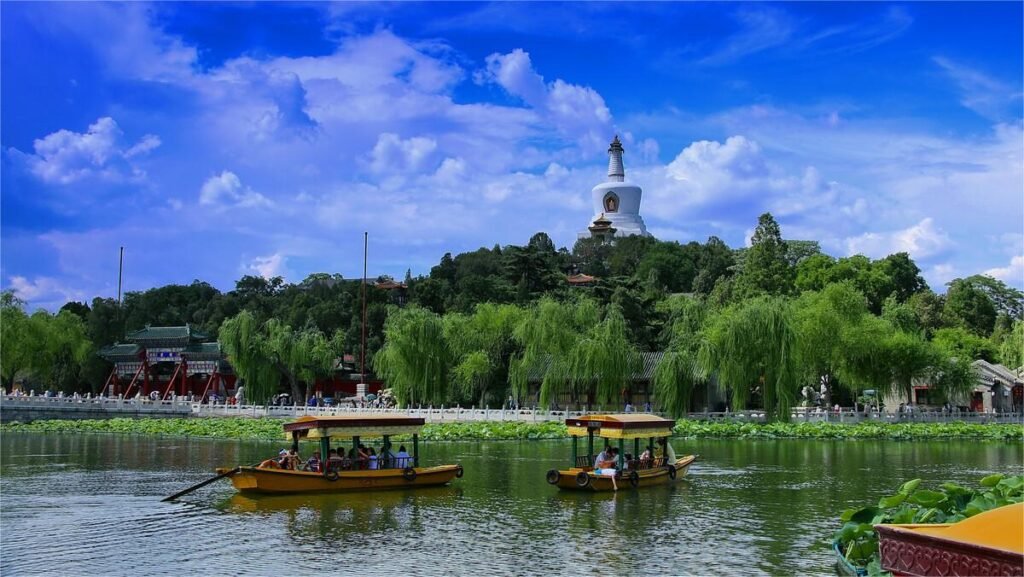
Where is Beihai Park located?
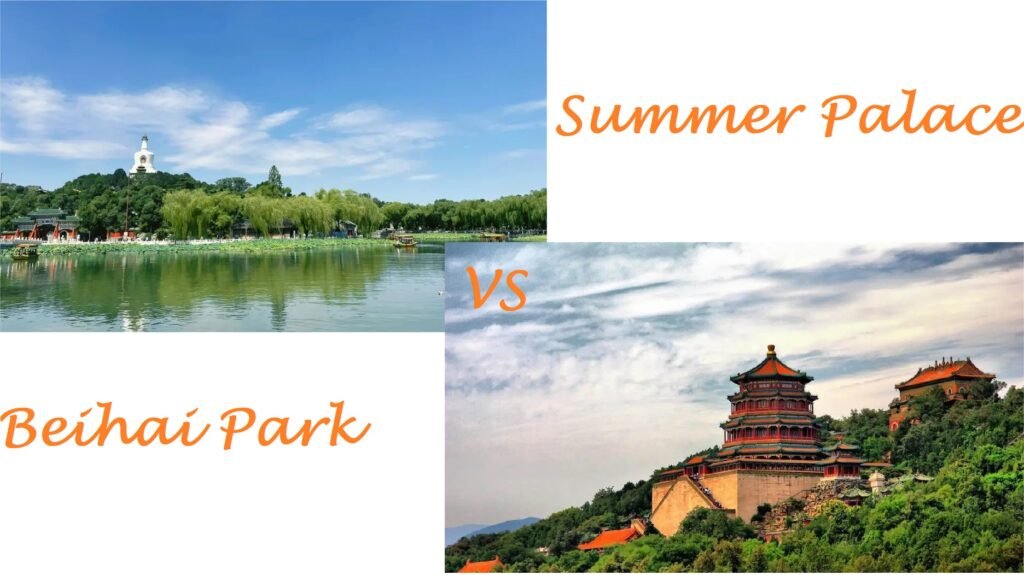
Beihai Park vs Summer Palace – which one is better
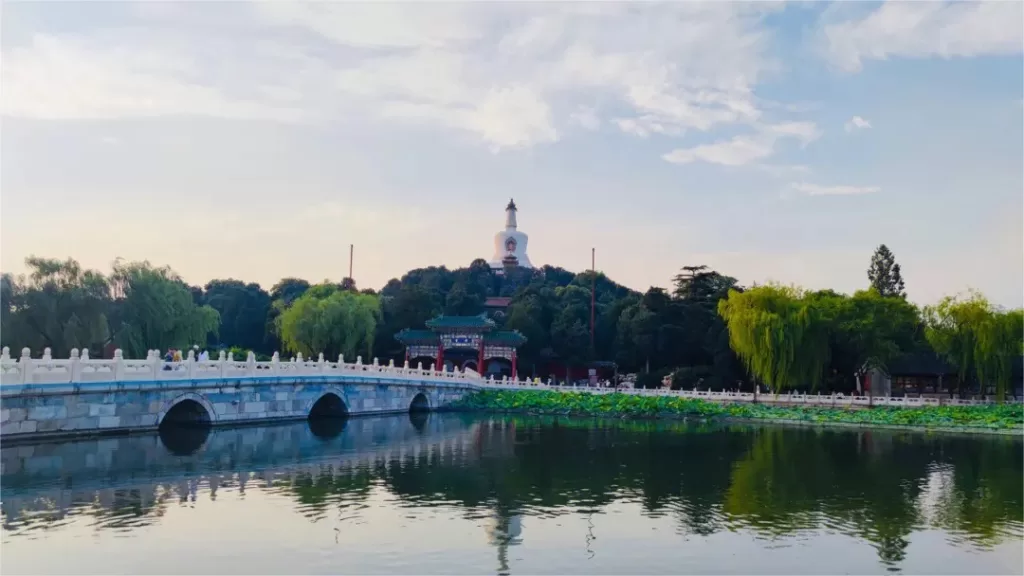
What is beihai park famous for
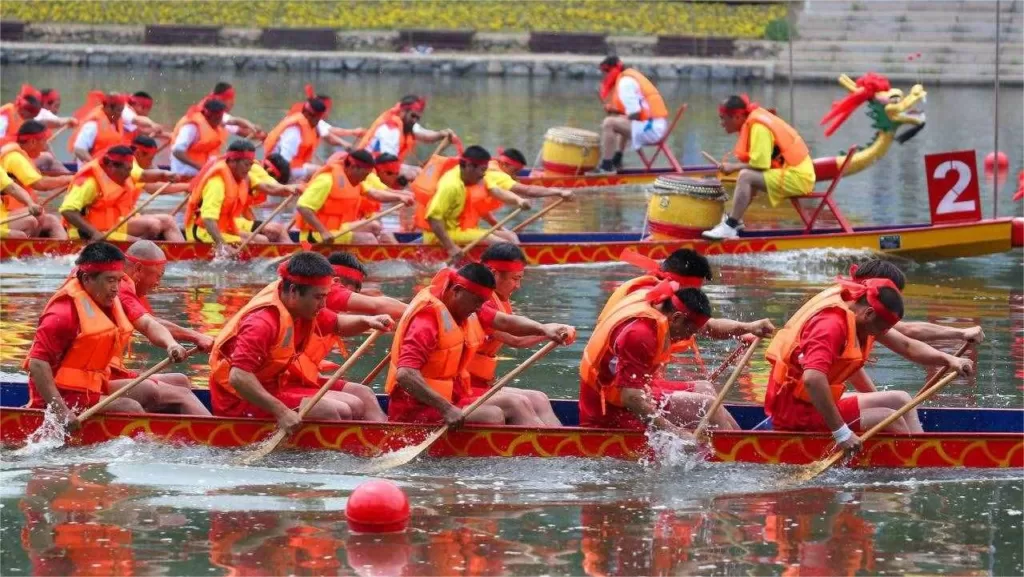
Dragon boat festival in Beihai Park

History of Beihai Park

Beihai park vs Jingshan park – What is the difference
Attractions near Beihai park
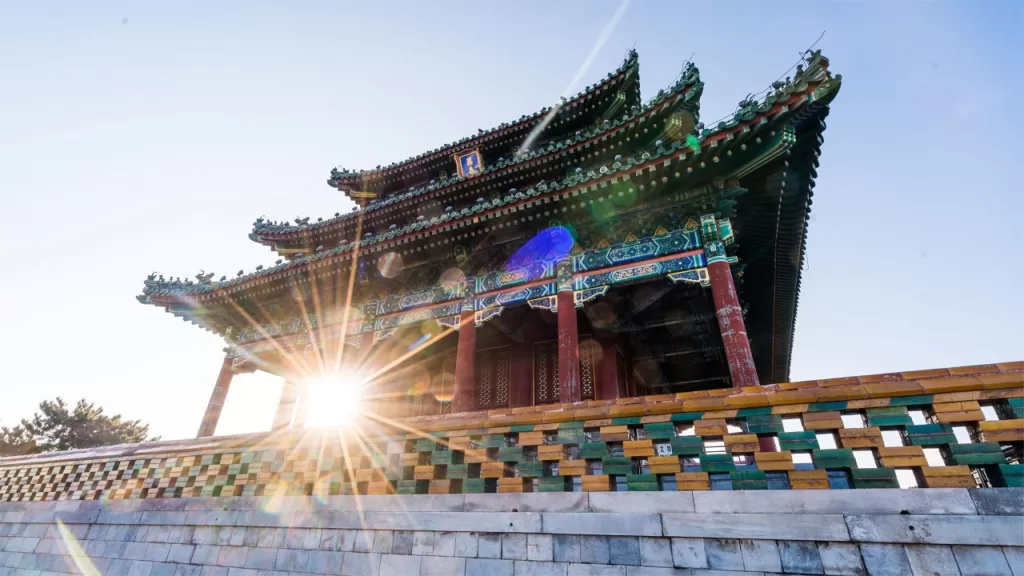
Jingshan Park – the best place to overlook the Forbidden City
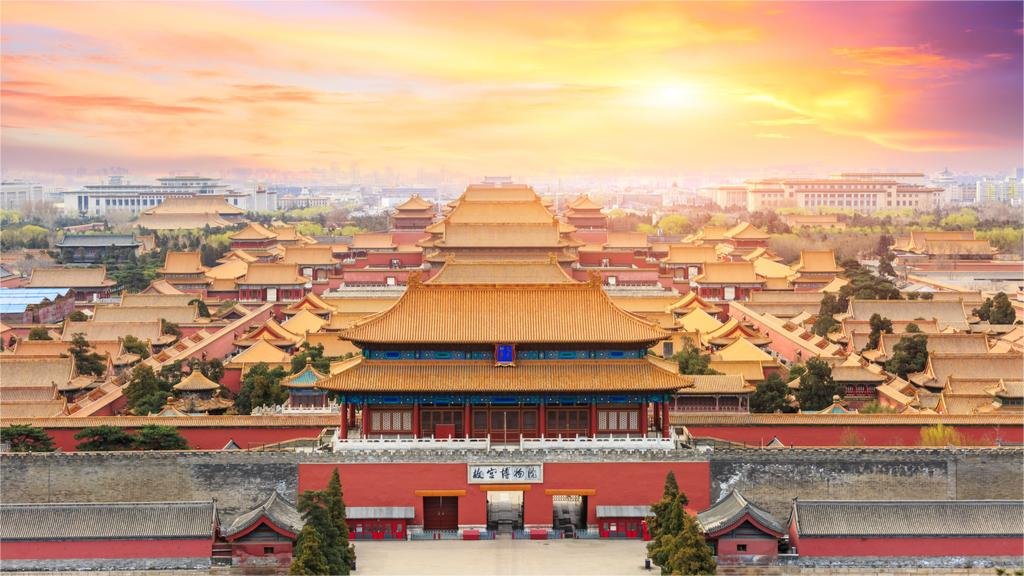
Forbidden City – former emperors’ residence

Shichahai – three interconnected lakes – Qianhai, Houhai, and Xihai

Houhai Bar Street – a popular nightlife destination

Nanluoguoxiang – a representation of Beijing hutongs
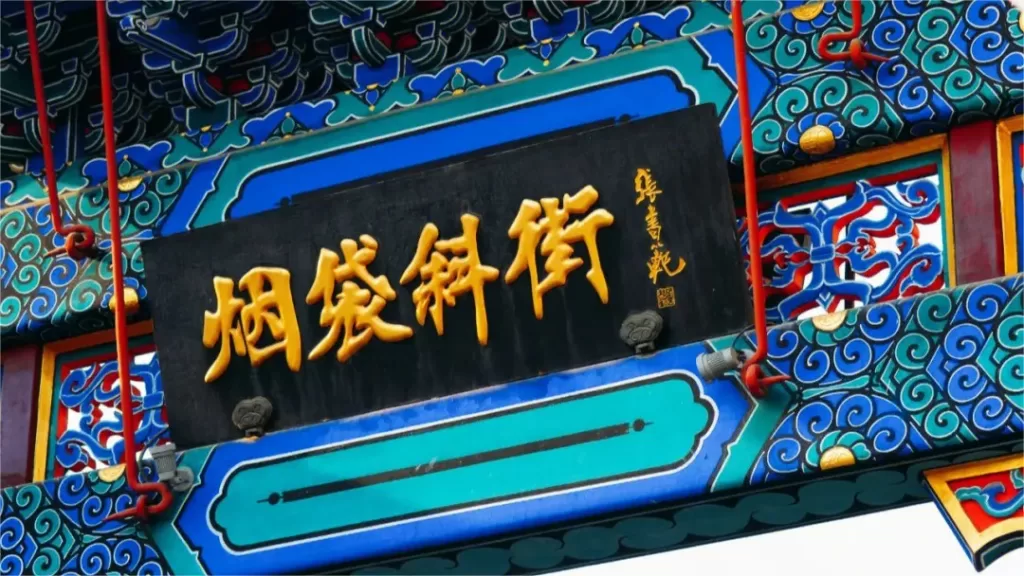
Yandaixie Street – a well-known pedestrian street
Other Imperial Places in Beijing

Summer Palace – the imperial resort
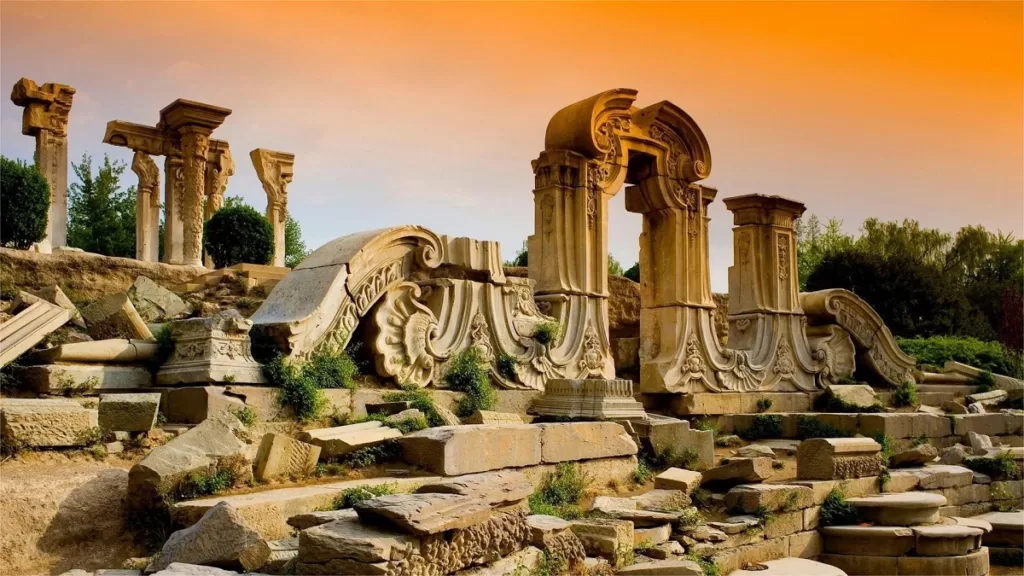
Yuanmingyuan – ruins of former palaces
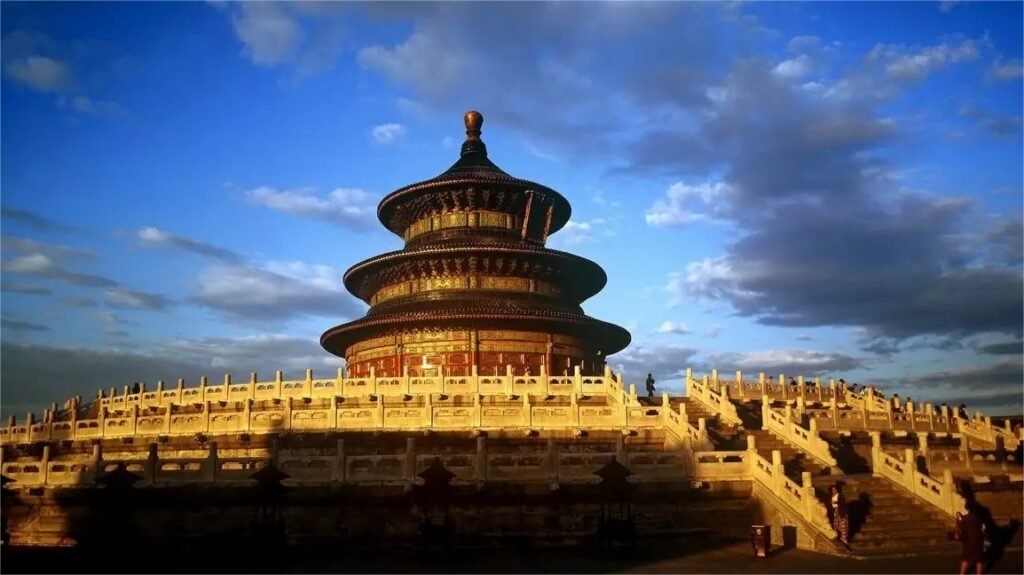
Temple of Heaven – the place to hold sacrificial ceremonies
Beijing historical site, UNESCO World Heritage Site